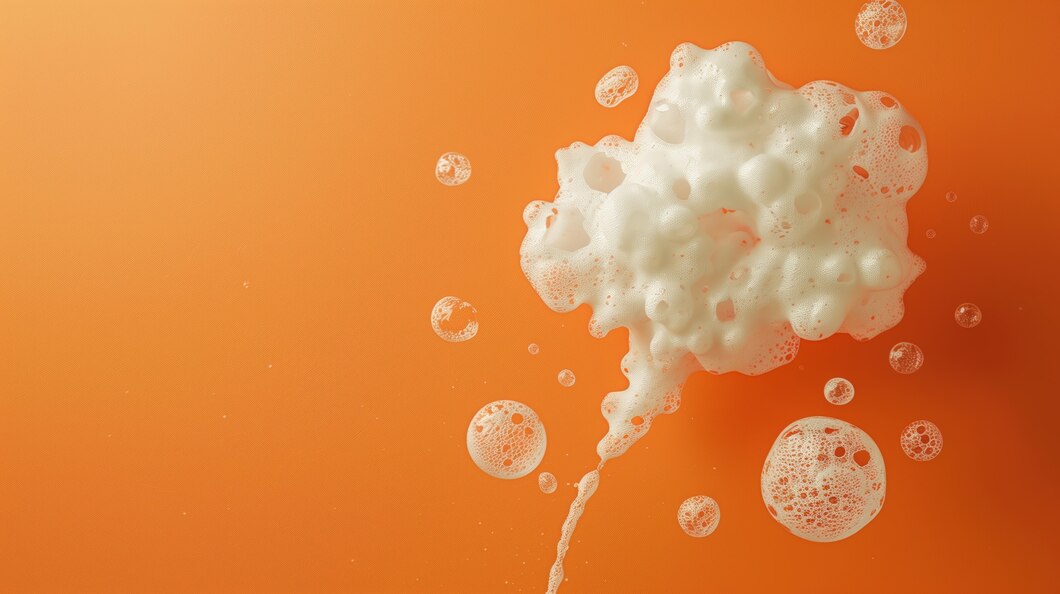When it comes to paints and coatings, achieving the perfect finish is both an art and a science. One of the key ingredients that make this possible is surfactants. These versatile chemicals play a critical role in ensuring smooth application, even coverage, and long-lasting durability. In this blog, we’ll explore how surfactants contribute to the performance of paints and coatings and why they are indispensable in the industry.
What Are Surfactants and Why Are They Important?
Surfactants, or surface-active agents, are chemicals that reduce surface tension between liquids or between a liquid and a solid. In paints and coatings, they serve multiple functions, including:
Improving wetting and spreading.
Stabilizing pigments and fillers.
Enhancing adhesion and durability.
Without surfactants, achieving a high-quality finish would be much more challenging.
Key Roles of Surfactants in Paints and Coatings
Wetting and Spreading
Surfactants lower the surface tension of the paint, allowing it to spread evenly across surfaces. This ensures smooth application and eliminates issues like brush marks or uneven patches.Pigment Dispersion
Surfactants help disperse pigments evenly throughout the paint, preventing clumping or settling. This results in consistent color and coverage, whether you’re painting a wall or coating an industrial surface.Foam Control
While foam can be desirable in some applications, it’s a nuisance in paints and coatings. Surfactants help control foam formation during mixing and application, ensuring a flawless finish.Emulsion Stabilization
In water-based paints, surfactants stabilize the emulsion, preventing the separation of oil and water phases. This extends the shelf life of the product and maintains its performance over time.-
Improved Adhesion
Surfactants enhance the adhesion of paints and coatings to various surfaces, ensuring long-lasting durability and resistance to peeling or cracking.
Types of Surfactants Used in Paints and Coatings
Different surfactants are chosen based on the specific needs of the formulation:
Anionic Surfactants: Provide excellent wetting and pigment dispersion.
Nonionic Surfactants: Offer stability and compatibility with other ingredients.
Amphoteric Surfactants: Balance foam control and emulsification.
Each type plays a unique role in optimizing the performance of paints and coatings.
Challenges in Paint and Coating Formulations
Formulating paints and coatings is a complex process that requires balancing multiple factors, including:
Viscosity: Ensuring the paint is easy to apply without dripping or running.
Drying Time: Achieving the right balance between quick drying and workability.
Environmental Impact: Meeting regulatory requirements for low VOC (volatile organic compound) emissions.
Surfactants help address these challenges by improving the overall performance and sustainability of the product.
Innovations in Surfactant Technology
At Agritech Products Ltd., we are at the forefront of surfactant innovation for paints and coatings. Our advanced formulations are designed to:
Enhance coverage and consistency.
Reduce environmental impact with low-VOC and bio-based options.
Improve durability and adhesion for a wide range of surfaces.
Whether you’re developing interior paints, exterior coatings, or industrial finishes, our surfactant solutions can help you achieve exceptional results.
Surfactants are the unsung heroes of the paints and coatings industry, enabling the perfect balance of performance, aesthetics, and durability. From improving pigment dispersion to enhancing adhesion, these versatile chemicals are essential for creating high-quality finishes that stand the test of time.


